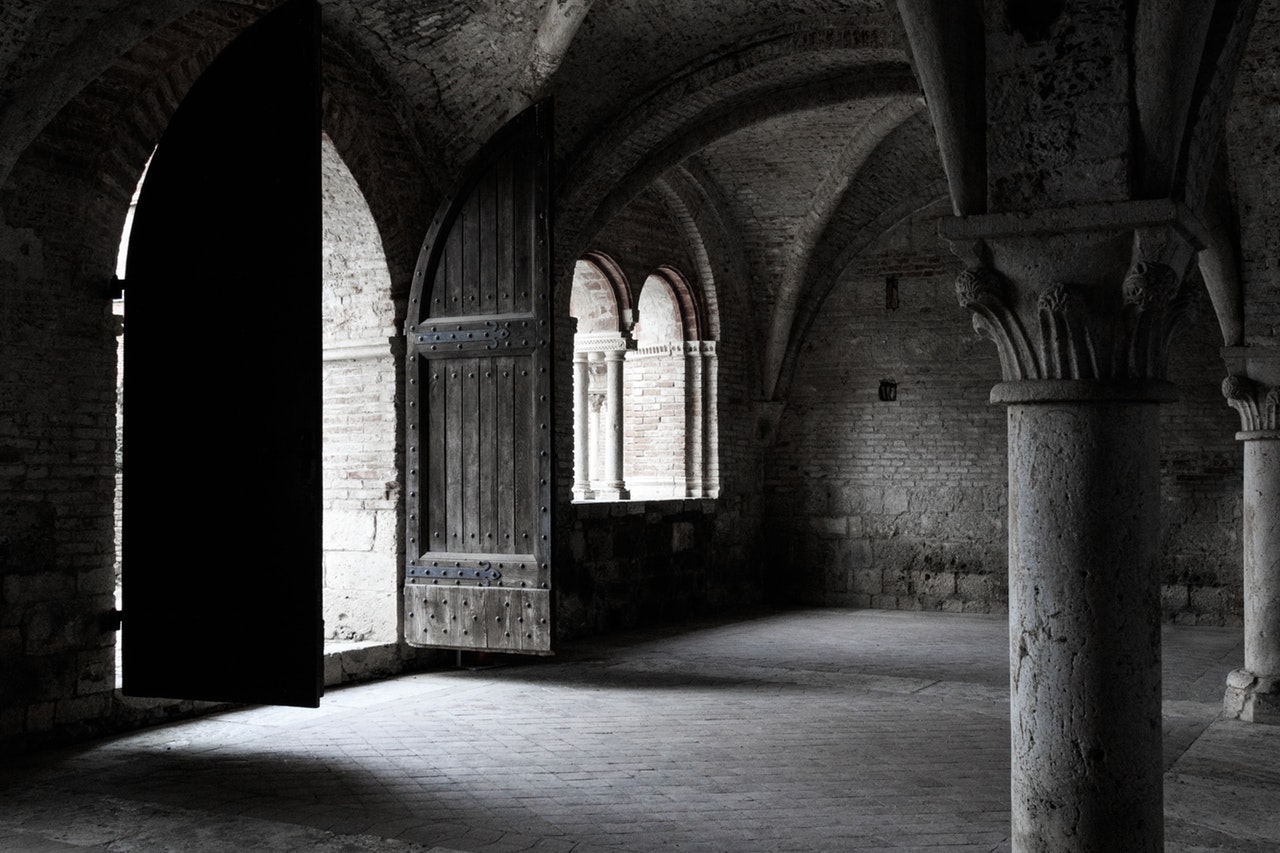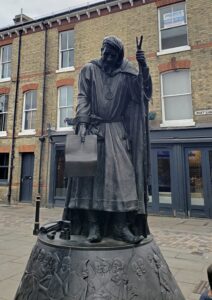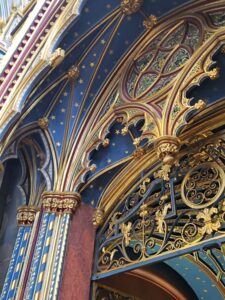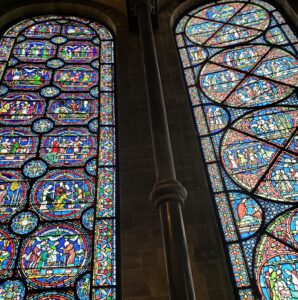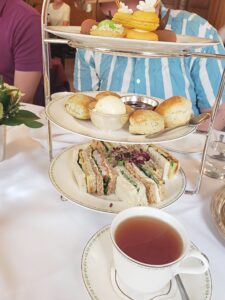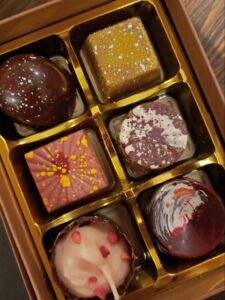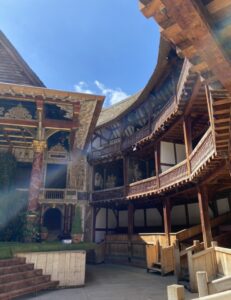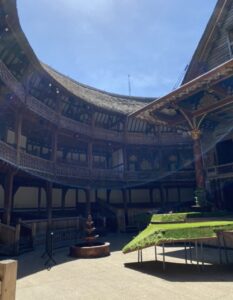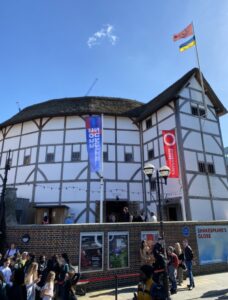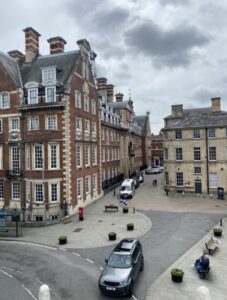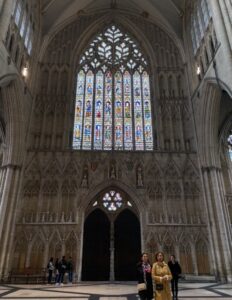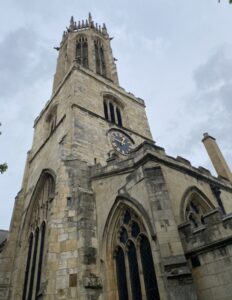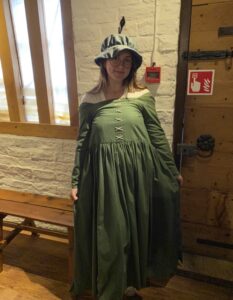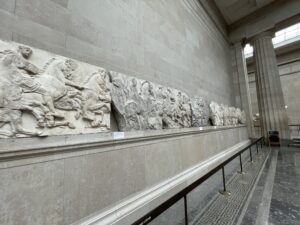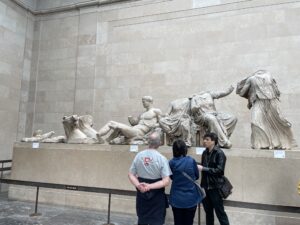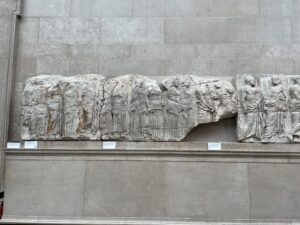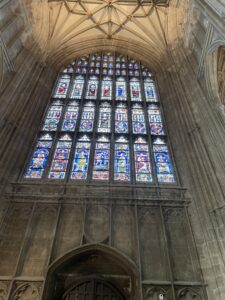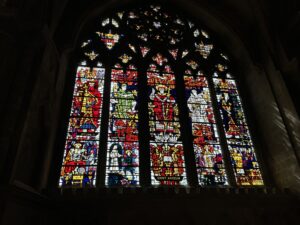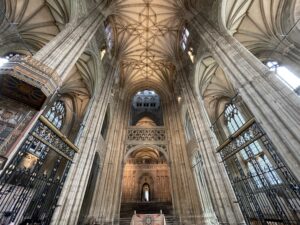Upon initially landing in Manchester, I expected a severe sense of culture shock. I expected to feel as if I was in a completely new and foreign place, transported from one world to another over the course of a red-eye flight with more than occasional refreshments. Perhaps it was the fog of jet lag, or the insomnia, or the shoulder and neck pain that accompanies lugging a thirty-pound duffle bag across an international airport, but when I finally stepped outside of our hotel, ready to embrace Manchester and the feeling of itinerancy, I and it felt indifferent. Remove the reversed traffic and occasional trolley and reincarnate me in that moment without context and I’d ask how far from Penn Station I was and would only realize once I received a verbal response. My expectations had deceived me, and what I thought I would experience couldn’t necessarily be put into words, but I knew it wasn’t that. But I embraced it nonetheless and walked the streets with our group and the wonderful, plaid vested Dr. Charles Insley. As we walked through the city air, I began to lighten up, began to appreciate the small nuances that initially seemed like copy and paste, but it wasn’t until we reached the church in Manchester that I truly felt as if I was there. Standing outside of it and having nowhere else to look but upwards made me along with several others feel so incredibly small. This was a feeling I consistently felt throughout our trip, standing in the face of such gargantuan but beautiful architecture, but moreover, standing with the weight of an immense history around us. It was hearing that history, from Dr. Insley and all of our other wonderful tour guides, that allowed me to break from my indifference and appreciate what was before me. While what it was now was certainly spectacular, it wasn’t until I understood how and why it came to be the way it was that I truly understood what I was there for.
This feeling only intensified as the trip continued but was most pungent in the city of York. There was a dramatic shift between Manchester and York. We moved from the hustle and bustle of an entirely modern city to the hominess and quaintness of what felt like a small intimate village. While it was just as crowded, if not even more so, than Manchester, York provided the feeling that I thought I would experience when choosing to go on this trip. The city walls acted as a boundary and felt as if they were hugging you, constantly reminding you of the rich and vast history that you are walking through. Though it may have been contested later in the trip, the York Minister, when I initially saw it, was the most impressive structure that I’ve ever seen. From the outside, you felt a tremendous weight and presence which intensified ten-fold as you walked through its doors. While I appreciated everything that our tour guide had to say, the first ten to fifteen of minutes of what they spoke about went completely over my head as I was too busy looking around and upwards with my jaw nearly dethatched from my skull. It was too beautiful and too impressive to even begin to properly appreciate which is a wonderful flaw to have. It was in this moment, walking through that first set of church doors, that I knew I made the right decision to take this adventure.
